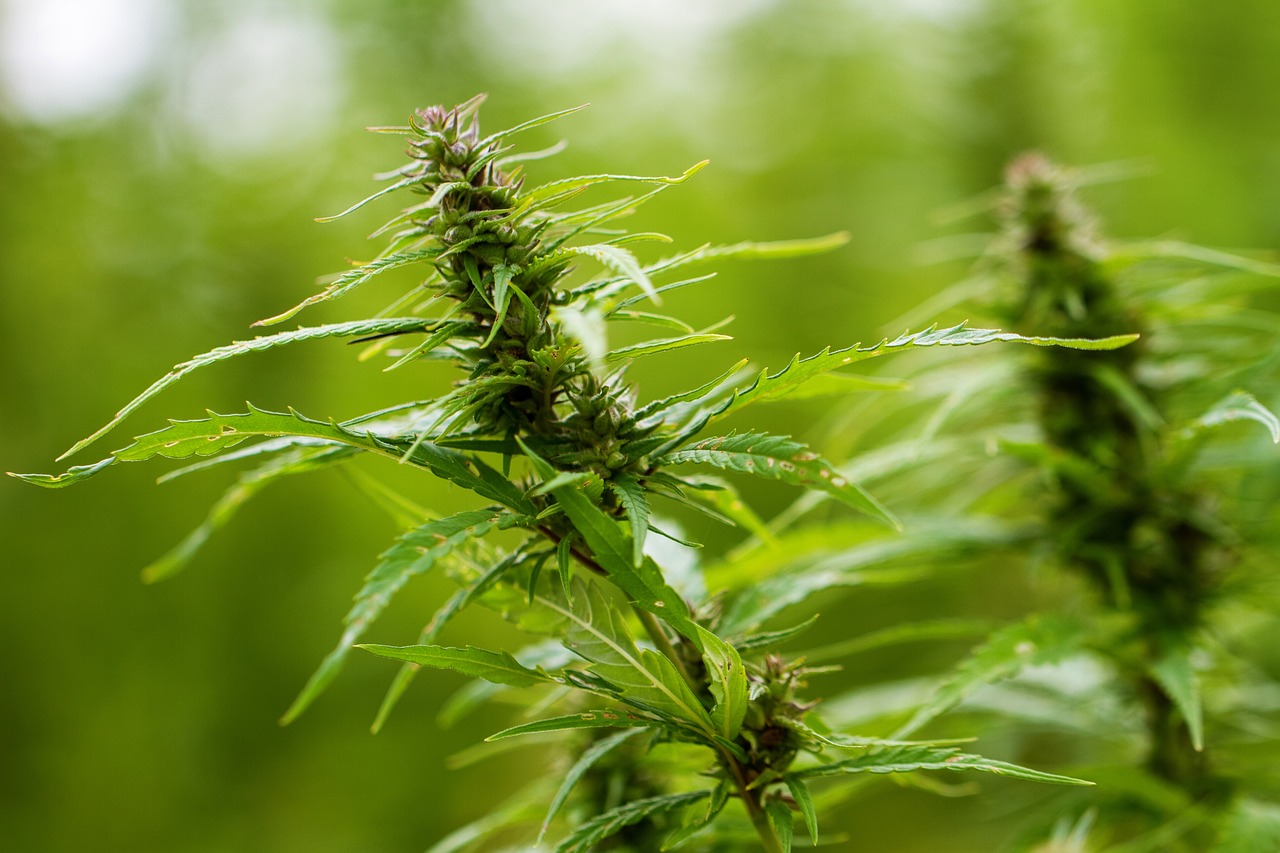The cultivation of tetrahydrocannabinolic acid (THCA), a non-psychoactive cannabinoid found in raw cannabis, has gained significant attention in recent years. As the demand for cannabis products increases, understanding the environmental implications of THCA cultivation becomes imperative. This article explores the various environmental impacts associated with THCA cultivation, providing insights into sustainable practices and potential solutions.
Understanding THCA and Its Cultivation
Understanding THCA flower is the precursor to THC, the compound responsible for the psychoactive effects of cannabis. Unlike THC, THCA does not produce a high, making it appealing for medicinal and therapeutic uses. Cultivating THCA involves growing cannabis plants under specific conditions to maximize the production of this compound.
Indoor vs. Outdoor Cultivation
THCA can be cultivated both indoors and outdoors, each method having distinct environmental impacts. Indoor cultivation often requires artificial lighting, climate control, and significant energy consumption. In contrast, outdoor cultivation relies on natural sunlight and weather conditions, potentially reducing energy use but introducing other environmental challenges.
Energy Consumption and Carbon Footprint
Indoor cannabis cultivation is notorious for its high energy demands. The need for artificial lighting, heating, ventilation, and air conditioning (HVAC) systems contributes to a substantial carbon footprint. A study by New Frontier Data estimated that indoor cannabis cultivation in the United States accounts for 1% of the country’s total electricity consumption.
- High-intensity discharge (HID) lamps are commonly used, consuming large amounts of electricity.
- LED lighting offers a more energy-efficient alternative, reducing electricity use by up to 40%.
- Implementing energy-efficient HVAC systems can further decrease energy consumption.
Water Usage and Management
Water is a critical resource in THCA cultivation, with both indoor and outdoor methods requiring substantial amounts. The water footprint of cannabis cultivation can be significant, particularly in regions facing water scarcity.
Outdoor cultivation often relies on natural rainfall, but irrigation is necessary during dry periods. Indoor cultivation, on the other hand, requires a consistent water supply, often sourced from municipal systems. Efficient water management practices are essential to minimize environmental impact.
Strategies for Water Conservation
- Drip irrigation systems can reduce water usage by delivering water directly to the plant roots.
- Rainwater harvesting systems can supplement water needs, reducing reliance on municipal sources.
- Recycling and reusing water within the cultivation facility can further conserve resources.
Pesticides and Chemical Use
The use of pesticides and chemicals in THCA cultivation poses environmental risks, including soil and water contamination. While organic cultivation methods are gaining popularity, conventional practices still rely heavily on chemical inputs.
Organic cultivation emphasizes natural pest control methods, such as introducing beneficial insects and using organic fertilizers. These practices not only reduce chemical use but also promote soil health and biodiversity.
Soil Health and Land Use
Soil health is a critical factor in sustainable THCA cultivation. Intensive farming practices can lead to soil degradation, erosion, and loss of fertility. Implementing regenerative agriculture techniques can mitigate these impacts.
Regenerative Agriculture Practices
- Crop rotation and cover cropping can improve soil structure and nutrient content.
- Composting organic waste enhances soil fertility and reduces the need for chemical fertilizers.
- Agroforestry integrates trees into cultivation areas, promoting biodiversity and carbon sequestration.
Case Studies and Examples
Several cannabis cultivators have adopted sustainable practices to minimize their environmental impact. For instance, Flow Kana, a California-based cannabis company, partners with small-scale farmers who use organic and regenerative methods. This approach not only supports local economies but also promotes environmental stewardship.
Another example is the Canadian company, The Green Organic Dutchman, which focuses on organic cultivation and renewable energy use. Their facilities incorporate solar panels and rainwater harvesting systems, demonstrating a commitment to sustainability.
Conclusion
The environmental impact of THCA cultivation is multifaceted, encompassing energy consumption, water usage, chemical inputs, and soil health. By adopting sustainable practices, cultivators can reduce their ecological footprint and contribute to a more sustainable cannabis industry. As consumer awareness grows, the demand for environmentally responsible products will likely drive further innovation and improvement in cultivation methods.
In summary, the path to sustainable THCA cultivation involves a combination of energy-efficient technologies, water conservation strategies, organic farming practices, and regenerative agriculture. By embracing these approaches, the cannabis industry can play a role in promoting environmental sustainability and addressing the challenges posed by climate change.
